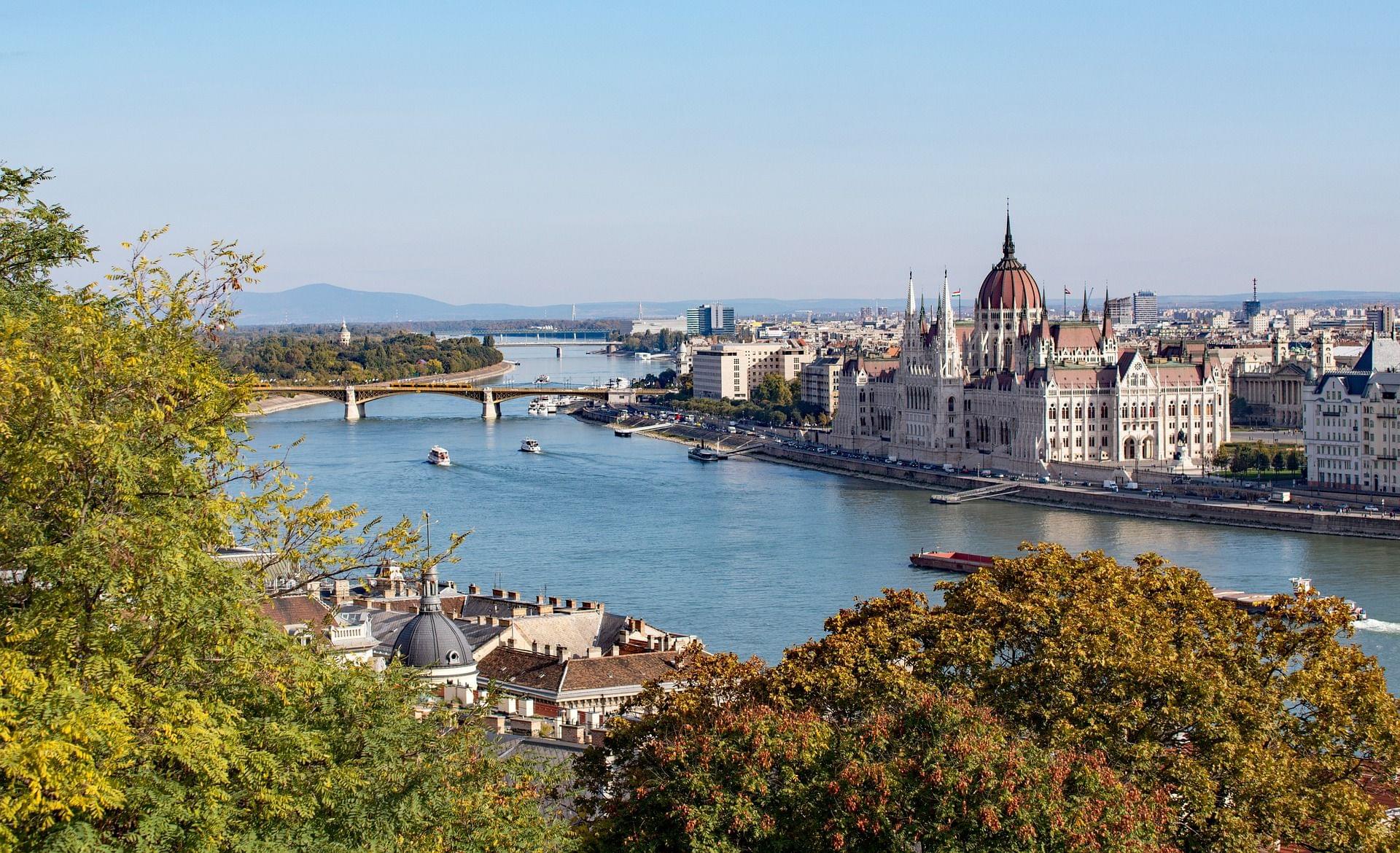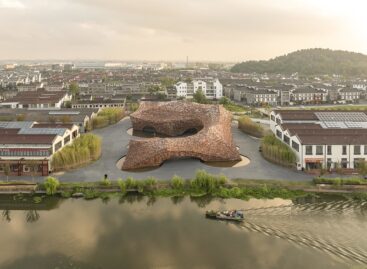Global Innovation Spotlight: Hungary
On the occasion of Hungary’s national holiday, one of the world’s leading innovation intelligence platforms, Springwise, praised Hungarian innovation results.

Hungary owns the 34th place on Global Innovation Index
Sprinwise article focuses on three hungarian innovations:
Indor composing robot reduces urban food waste
Many towns, villages, and cities don’t have the infrastructure in place to manage a community-wide composting system. Food therefore continues to end up in landfill, especially in areas where room for gardening is scarce. Hungarian startup Compocity’s solution is to bring composting indoors with a smart system called the CompoBot. The CompoBot gives apartment dwellers with zero access to outdoor space the opportunity to turn food waste into valuable additives for the soil. It also works for businesses and large organisations seeking to reduce their carbon footprints. The system works at room temperature and without odour. After waste is added to the robot, it is compressed and mixed with a proprietary nutrient solution. Weight and composition details are recorded in the cloud.
A thermal energy storage system reduces energy costs and emissions
Nearly half of the greenhouse gas emissions associated with buildings are the result of heating, ventilation, and air conditioning (HVAC). Buildings, in turn, account for 39 per cent of energy-related global greenhouse gas emissions. In response, buildings are increasingly fitted with thermal energy storage systems that smooth and optimise heating and cooling throughout the day. Traditionally, these systems work by changing the temperature of water in huge tanks that are expensive and inefficient. This could be set to change, however.
HeatTank system developed by Hungarian startup HeatVentors, uses phase changing materials—substances that absorb and release heat energy when they solidify or melt—to store the heating or cooling energy from a building’s HVAC system. If the system is being used for heating, excess heat is stored, melting the phase changing materials (PCM). When the heat energy is needed later on, it is discharged and the PCM solidifies. The process is exactly reversed if the system is being used for cooling. Cold air solidifies the PCM, with the cooling energy later discharged when the PCM melts. The temperature range for solidifying and melting the PCM is much narrower than for water – 20 degrees Celsius for solidifying, and 40 degrees Celsius for melting.
Re-purposing natural gas pipelines to transport hydrogen
Natural gas will be phased out of the energy mix as the world transitions to renewable energy. But what is to be done with all the gas infrastructure once this happens? At the same time, hydrogen, one of the most promising clean fuels for the future, currently lacks infrastructure for storage or transportation. This raises an intriguing possibility – what if existing natural gas infrastructure was used to transport hydrogen? Hungary’s natural gas network operator FGSZ, is exploring this option with DNV Group, an independent expert in assurance and risk management that has specialist expertise in hydrogen. Specifically, DNV will assess the possibility of transporting hydrogen through Hungary’s DN600 pipeline and its attendant valve stations. The work will consider a range of scenarios and will look into the possibility of transporting both 100 per cent hydrogen gas, and blends of hydrogen and natural gas.
Related news
Hungarian Innovation Association: around 500 applications received for the 35th National Science and Innovation Olympiad
🎧 Hallgasd a cikket: Lejátszás Szünet Folytatás Leállítás Nyelv: Auto…
Read more >These are the most beautiful brick buildings in the world – A tomb, a museum and a liquor factory are also competing in the BRICK AWARD 26 finals
🎧 Hallgasd a cikket: Lejátszás Szünet Folytatás Leállítás Nyelv: Auto…
Read more >Publicis Groupe’s annual Goodwill message has arrived
🎧 Hallgasd a cikket: Lejátszás Szünet Folytatás Leállítás Nyelv: Auto…
Read more >Related news
(HU) A gépek a műtéteknél és az idegpályák pótlásánál is szerepet játszhatnak
🎧 Hallgasd a cikket: Lejátszás Szünet Folytatás Leállítás Nyelv: Auto…
Read more >(HU) A nap mondása
🎧 Hallgasd a cikket: Lejátszás Szünet Folytatás Leállítás Nyelv: Auto…
Read more >(HU) Kautzky Szemők Adrienn: Vigyázzunk a sarlatánokkal
🎧 Hallgasd a cikket: Lejátszás Szünet Folytatás Leállítás Nyelv: Auto…
Read more >






